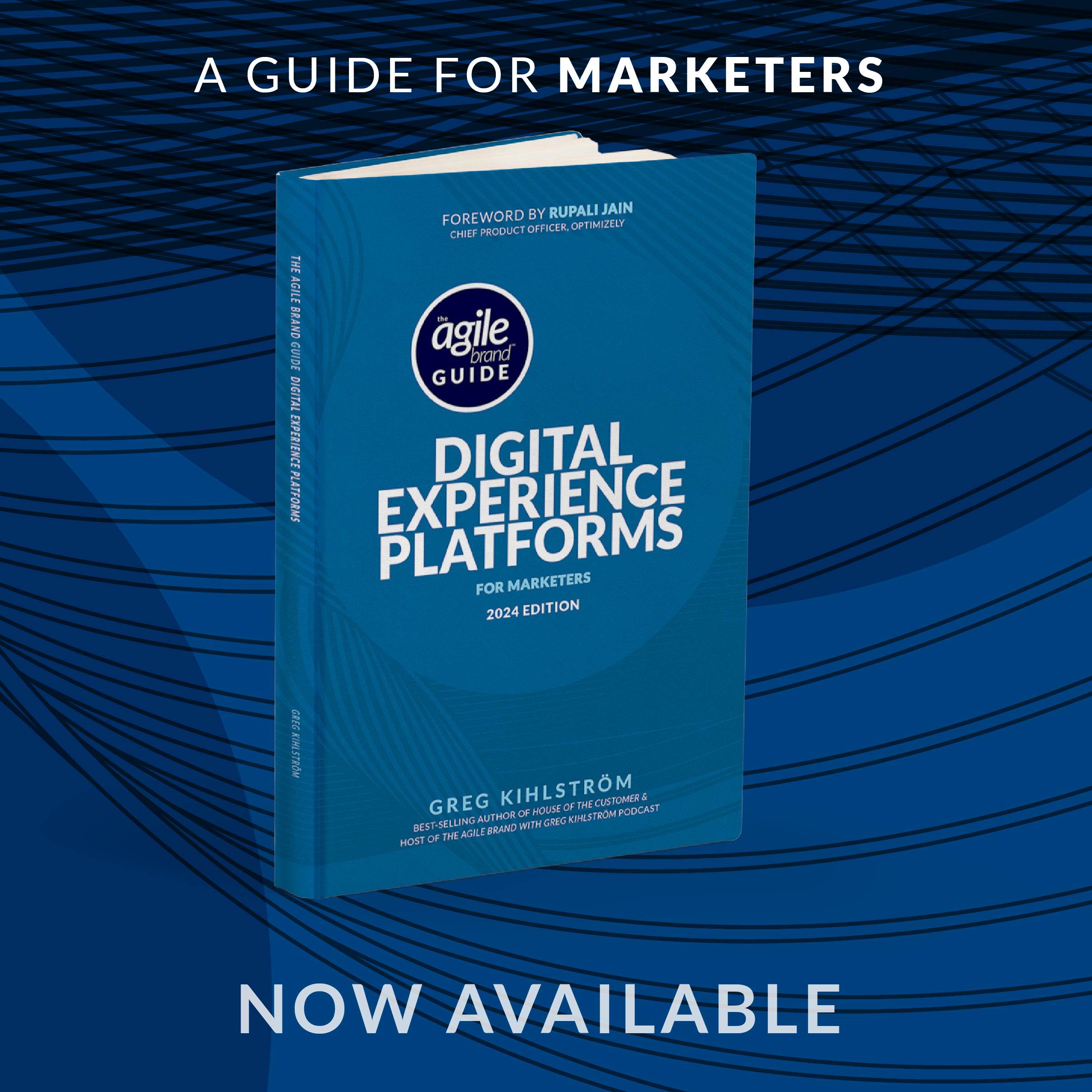This article was based on the interview with Adeline Ashley from Sitecore by Greg Kihlström, AI and MarTech keynote speaker for The Agile Brand with Greg Kihlström podcast. Listen to the original episode here:
In healthcare, effective communication has emerged as a cornerstone of building trust between patients and providers. The recent podcast discussion highlights the pivotal role of proactive communication in alleviating patient anxiety, fostering transparency, and ultimately enhancing the overall patient experience. As healthcare organizations increasingly leverage technology, it becomes imperative to adopt strategies that prioritize patient needs and preferences, thereby creating a more trusting and supportive environment.
At the heart of proactive communication is the concept of an omni-channel strategy. This approach ensures that healthcare providers engage with patients through multiple platforms—be it text messages, emails, or portal notifications—tailoring communication to individual preferences. By meeting patients where they are, healthcare organizations can avoid the pitfalls of relying solely on one mode of communication, such as email, which may not resonate with all patients. The podcast emphasizes that when patients receive consistent and relevant messages across various channels, it not only enhances their understanding of their health but also builds trust in the healthcare system. This trust is crucial, particularly in a world where patients may feel apprehensive about the digital communication of sensitive health information.
Transparency is another vital element in building trust. The podcast underscores the importance of clear communication regarding data usage and privacy practices. Patients need to know how their information is being utilized and the measures in place to protect it. By providing real-time access to medical records and insights from wearable health devices, healthcare organizations can foster a sense of ownership and empowerment among patients. Transparency, coupled with a commitment to security and privacy, reassures patients that their information is handled with care, further solidifying their trust in the healthcare system.
Moreover, the discussion touches on the delicate balance between personalization and privacy. While technology enables healthcare providers to tailor communications and services to individual patient needs, it is crucial to avoid crossing the line into what might be perceived as intrusive or “creepy.” The podcast advocates for a thoughtful approach to personalization, ensuring that communications are relevant and timely without compromising patient comfort. This delicate balance is essential for maintaining trust, as patients are more likely to engage with a healthcare provider that respects their boundaries while still offering personalized support.
As healthcare organizations strive to measure success in the patient experience, the podcast highlights the importance of focusing on what truly matters—patient trust and satisfaction. With an abundance of data available, it is easy to become overwhelmed by metrics that may not directly correlate with patient well-being. Instead, organizations should prioritize understanding patient needs, preferences, and feedback as they work to enhance communication strategies and overall care delivery.
The healthcare sector stands at a crossroads where the integration of technology can significantly improve patient interactions. However, the key to success lies in balancing automation with the human touch. By prioritizing patient needs, simplifying access, and leveraging technology thoughtfully, healthcare organizations can transform the patient experience for the better. The call to action is clear: embrace innovation while remaining steadfast in the commitment to compassionate care, ultimately leading to improved patient satisfaction and health outcomes. Proactive communication is not just a strategy; it is a fundamental principle that can bridge the gap between patients and providers, creating a more trusting and effective healthcare environment.











